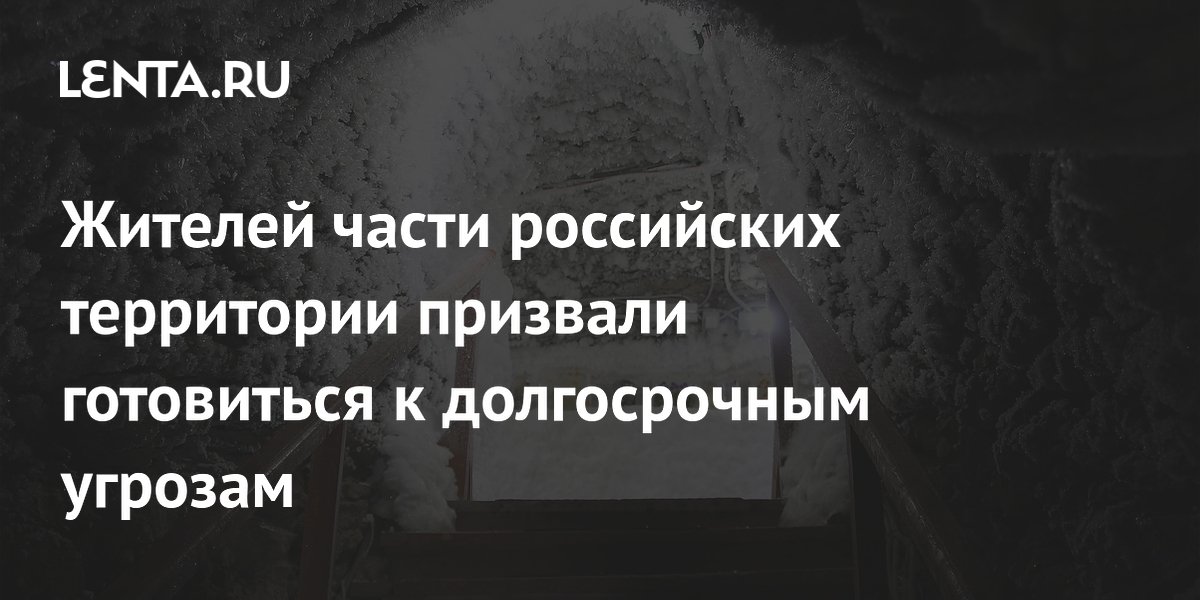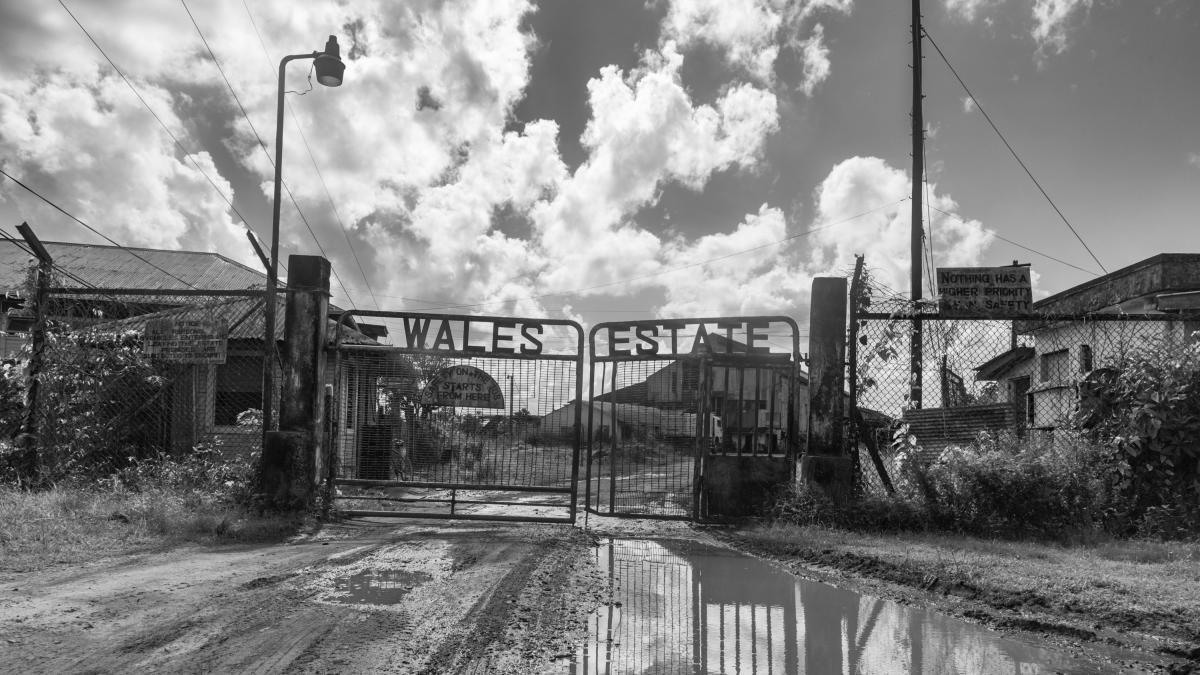Kemijoki Oy is struggling with the Kemijoki fishing route. Fortum, on the other hand, took the Lapland Life Center to court when it was not granted a half-million-euro hiking fish subsidy.
State The power companies Kemijoki oy and Fortum, which are owned by Lapland, are currently fighting two campaigns in northern Finland against the local authority, the Lapland Center for Life.
At least one of the controversies is the subject of a precedent in the debate on the natural responsibilities of hydropower.
The discussion was stimulated by a story published by HS in December, which presented the extinction history of Finland’s naturally increasing salmon stocks and hopes for their return.
Fortum took part in the debate opinion writing, entitled “Fortum is determined to strengthen its migratory fish stocks”.
About the struggles more significant concerns the fishing obligations of Finland’s longest river, the Kemijoki hydropower plants.
Kemijoki oy owns seven of the eight large power plants in the 550-kilometer-long Kemijoki main property. The company’s largest owners are the state-owned Fortum and the Finnish state.
Permits for hydropower plants usually include obligations that compensate for the fact that the dam prevents salmon and trout from rising into the spawning river. Obligations may include the planting of fry, fees or the construction of fishing routes.
There were once more than twenty rivers in Finland where salmon increased naturally, but there are only two of them left after the dams. The majority of the local species of Baltic salmon have become extinct, and some are kept alive by planting. In recent years, the survival rate of planted fish has collapsed.
The Kemijoki River, which stretches all over Lapland, was one of the most important salmon rivers in Europe before it was dammed. The obligations of its power plants have so far consisted mainly of plantings and payments.
In 2017, however, the Fisheries Authority, ie the Lapland Ely Center, submitted applications to the local regional authority to change the fishing obligations of the Kemijoki and Iijoki rivers. Now, among other things, the ely center demands that the owners of Kemijoki’s power plants build such good Hiking Trails past the dams that 90 percent of the salmon can get through them both up and down.
Salmon dam in Taivalkoski, Kemijoki, in 1892. Before the power plant dam, the large and flowing Kemijoki was one of the best salmon dams in Europe.
Kemijoki oy sent a statement of objection to the regional authority.
The company believes the target is unrealistic. Creating a self-sustaining stock in a river closed by numerous dams is difficult because the outlet comes in both directions in both directions.
HS also asked the owner Fortum to comment on the matter, but the company directed the comment responsibility to Kemijoki oy.
“The requirements for the operational efficiency of fishing routes and downhill routes are so high that it is impossible to achieve them in the light of what research data from the rest of the world says,” writes Kemijoki oy’s environmental manager Erkki Huttula To HS by email.
According to him, the ely centre’s requirement “endangers the production of control electricity, which is extremely important for the electricity system”, but Kemijoki oy aims to partially return the increasing migratory fish stocks to Kemijoki.
State – owned hydropower producers
-
The Finnish state owns 51 percent of Fortum. Other ownership is divided into small holdings, with the next largest owner holding 1.7 per cent.
-
The Finnish state also owns more than half of Kemijoki oy’s cash shares. Fortum accounts for one third of them. Fortum is by far the largest shareholder in Kemijoki Oy’s hydropower shares.
-
Hydropower produces 15–20 per cent of Finland’s electricity production. Its climate emissions are relatively small.
Now the process is at the stage when the Lapland ely center is preparing a counter-explanation of the counter-explanation. It should be ready by the end of March. When it is ready, the regional government agency will probably decide on its position.
Based on the background interviews conducted by HS, this is also likely to be only an intermediate stage. It is quite possible that the matter will still be contested in the highest courts.
Fortum recently lost a lawsuit in the Supreme Administrative Court concerning Oulujoki’s obligations.
The Northern Finland Fisheries Manager representing the Ely Center Mika Oraluoman There are two main reasons for the variation application: the change in the operating environment and the fact that the original authorization was based on outdated data.
The Isohaara power plant, built after the wars, cut off the salmon road to the Kemijoki River right at the mouth of the river. Photo from 1949.
Kemijoen and permits for Iijoki power plants were granted in the post-war period, when electricity demand was severe and natural values were less important. According to Oraloma, the atmosphere in society has changed clearly in recent years.
The change is being accelerated by the EU Water Framework Directive and the fishway strategy adopted by Finland in 2012. The EU has twice warned Finland about the treatment of migratory fish.
There is a lot of understanding of the issue of migratory fish in Lapland. The towns of Rovaniemi and Kemijärvi, as well as numerous smaller municipalities in Lapland, took the position of the Ely Center.
In addition, the Lapland districts of the Center, the Coalition Party, the Basic Finns, the SDP, the Left Alliance and the Greens issued a joint petition in which they appealed “to all parties to return the salmon to the mighty Kemijoki”. The parties are calling for the opening of a suitable hiking connection for all species from the sea to the spawning grounds of the headwaters.
In addition to the climate, perceptions of the extent of the damage originally caused have changed.
“At that time, the fry production capacity of the rivers was underestimated,” says Oraluoma.
Kemijoen the obligations are not the only fish dispute in which the state power company has taken action against the ely center in lapland. Fortum has appealed to the administrative court because the ely center did not grant the company the half-million-euro subsidy it applied for for the fish heart of the Leppikoski route on the Hyrynsalmi to Oulujärvi.
The fish core is a hydraulic transfer device that sucks the fish into the piping from below the dam and ejects them out above the dam. In an opinion paper published by HS, Fortum took the heart of Leppikoski as a fish, for example, because the company also wants to help migratory fish on a voluntary basis.
However, the heart of Leppikoski did not receive support from the tax-funded Rise program, which Fortum felt was the wrong decision.
“In our opinion, the solution did not comply with the principle of equality,” says Fortum’s Environmental Manager Katri Hämäläinen.
“These subsidies have also been granted to other companies in a similar situation.”
Fortum’s operating profit in January – September 2021 was approx one and a half billion euros.
According to Hämäläinen, support should not have been denied either on the grounds that the invention is new and little tested.
“We believe that the entire identified range of dam bypass solutions should be used to improve the living conditions of migratory fish.”
Fortum acquired a fish core, ie a floating and mobile fish transfer device, below the Leppikoski power plant. The ferry can be moved to the point where the target fish move the most. The fish move across the dam along a pipeline.
Lapin the ely center is due to submit an opinion to the administrative court next week.
Fisheries Manager Oraluoma is not aware of any other cases in which the power company has complained about the decision to support the Nousu program. Fortum also requires the ely center to cover its legal costs.
The fish heart, which cost Leppikoski EUR 1.8 million, was commissioned in August. According to Fortum, five trout over 60 centimeters went through it in the autumn. It is not known what proportion of these trout that represented the dam represented these five individuals.
The Ely Center believes that a fish core may be a viable solution in some situations but its effectiveness should be further explored. For power companies, a fish core is much cheaper than a natural bypass because it does not require water to run past the dam.
With struggles is of great importance for the future of Finnish watercourses. Research Professor at the Natural Resources Center Jaakko Erkinaro considers the application for a change of obligation in Kemijoki and Iijoki in particular to be a turning point.
“It would mean [toteutuessaan] a total change of mindset. ”
In the past, the fishing obligations of power plants have, as the name implies, focused only on compensating for fishing losses.
“
“This kind of sea ranching has been practiced: cattle are allowed to graze in order to gather it once it has grown and reap the benefits.”
“The whole system is built on the idea of being lost [kalanpoikasten] natural production and is then compensated for in terms of catches. “
Fish farms and plantations have played a key role in this.
“It’s like that sea ranchingia: the livestock is allowed to graze in order to gather it once it has grown and reap the benefits. ”
By grazing on the pasture, Erkinaro refers to planting at sea and fishing for estuaries by catching salmon as salmon head towards the dammed river.
The application of the Lapland Ely Center, on the other hand, has an ecological perspective: we want to restore nature’s own cycle to the great rivers of Lapland.
Erkinaron In his opinion, the requirements of the Lapland ELY Center are undeniably very difficult to implement. There are not many examples of 90% efficient fishing routes in the world, but at least there are some Pacific salmon.
Erkinaro says it would now be important to reach an agreement on the terms. What is meant by a naturally increasing stock? Will it be supported by plantations, or will it eventually have to do on its own? And what does a power company mean when it says implementation is impossible? Is there talk of biological impossibility or economic impossibility?
“Nothing really is absolutely impossible. Yes, salmon will be spawned in the upper reaches of the Kemijoki River, even if – in extreme cases – power plant dams are dismantled. Or make such large bypass channels that we are talking about significant flow sections. ”
According to the research professor, there should now be a wide-ranging debate in society about what we are prepared for in the protection of watercourses and what kind of values guide the permit conditions for hydropower.
“It’s quite clear that such migration rates for migratory fish can’t be obtained by spotting small holes in some small rods.”
.
#Environment #Finnish #salmon #extinct #state #power #company #knocking #authoritys #demand #restore #salmon #stock #Finlands #longest #river






